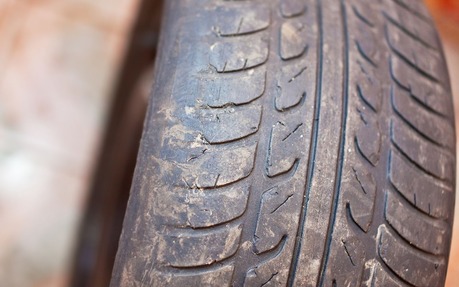How to Tell if Your Tires are Still in Good Condition
We all wonder the same thing when the time comes to install winter tires on our cars. We take a look at the tread and try to determine if they’ll be good enough to last through the season.
A tire’s longevity is not about the number of kilometres you travel. It depends on multiple factors, from your driving habits to the quality of the compound. A visual inspection is essential at least once a year.
- Also: Continental Develops a Self-Inflating Tire
- Also: Study Links Car Tires To Microplastic Pollution in Coastal Waters
The first thing to check is the tread depth, which can be easily measured using a simple tool available at any automotive retailer.
In most jurisdictions, the law requires a minimum tread depth of 1.6 millimetre, or 2/32nd of an inch. Keep in mind, however, that tires start to lose grip with 4.8 millimetres (6/32nd of an inch) left.

What does this mean? If the winter tires you’re about to install have a tread depth of less than 4.8 millimetres, it would be wiser and safer to replace them and not wait until later in the season.
Since tire wear is always a bit uneven, make sure to check all four tires instead of just one and confirm that the tread depth is the same across the entire width of the tire. If that’s not the case, your vehicle may be in need of a wheel alignment.
How Old are Your Tires?
Now that’s another question you must ask yourself. As they age, tires tend to dry and stiffen, which obviously compromises their grip on the road. Experts say tires start to lose their main abilities after five years.
A four-digit DOT code appears on each tire’s sidewall. The first two digits indicate the week it was manufactured and the last two digits refer to the tear. For example, a “1316” code means the tire was built in the 13th week of 2016.
Consider yourself warned!
